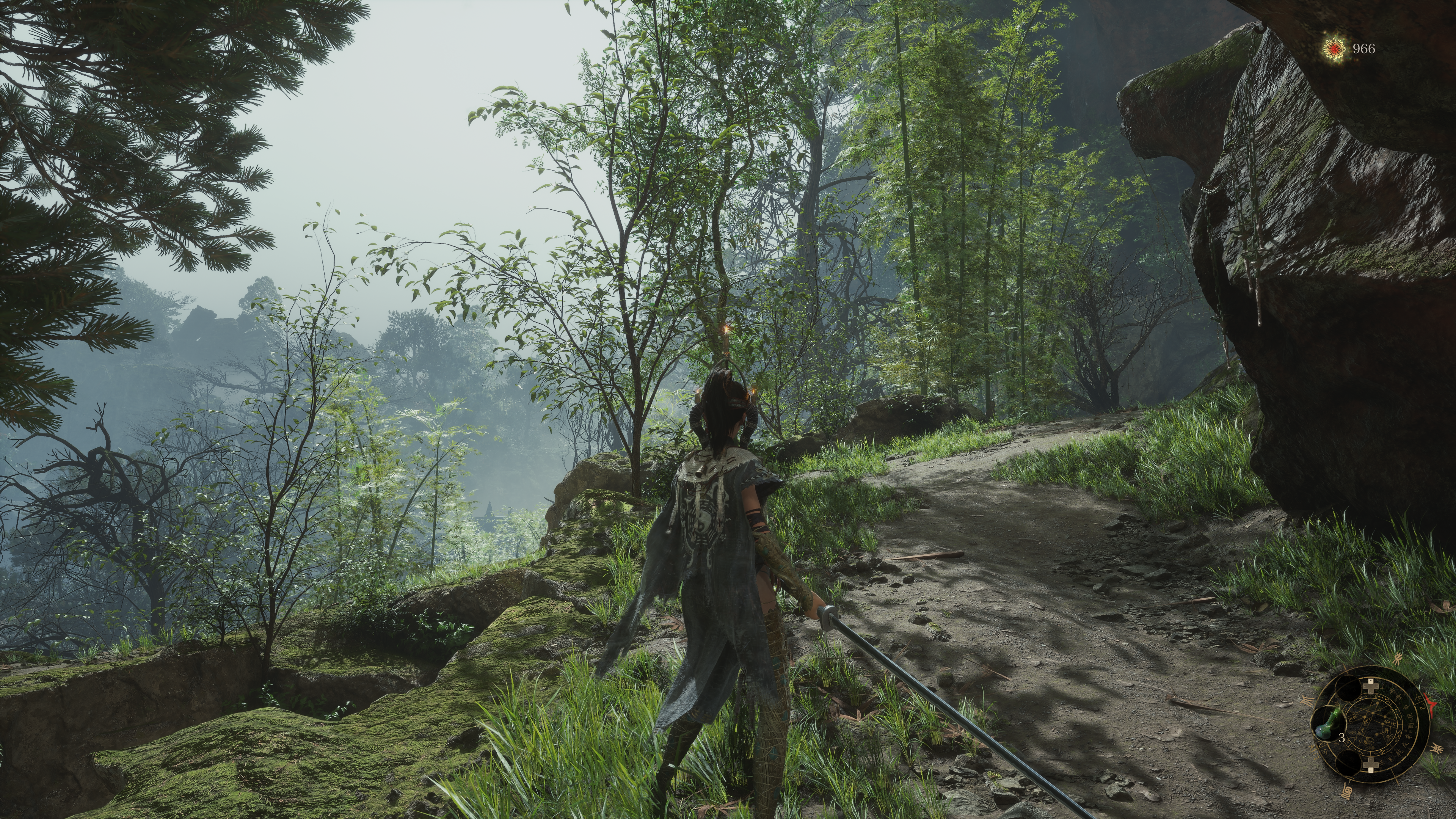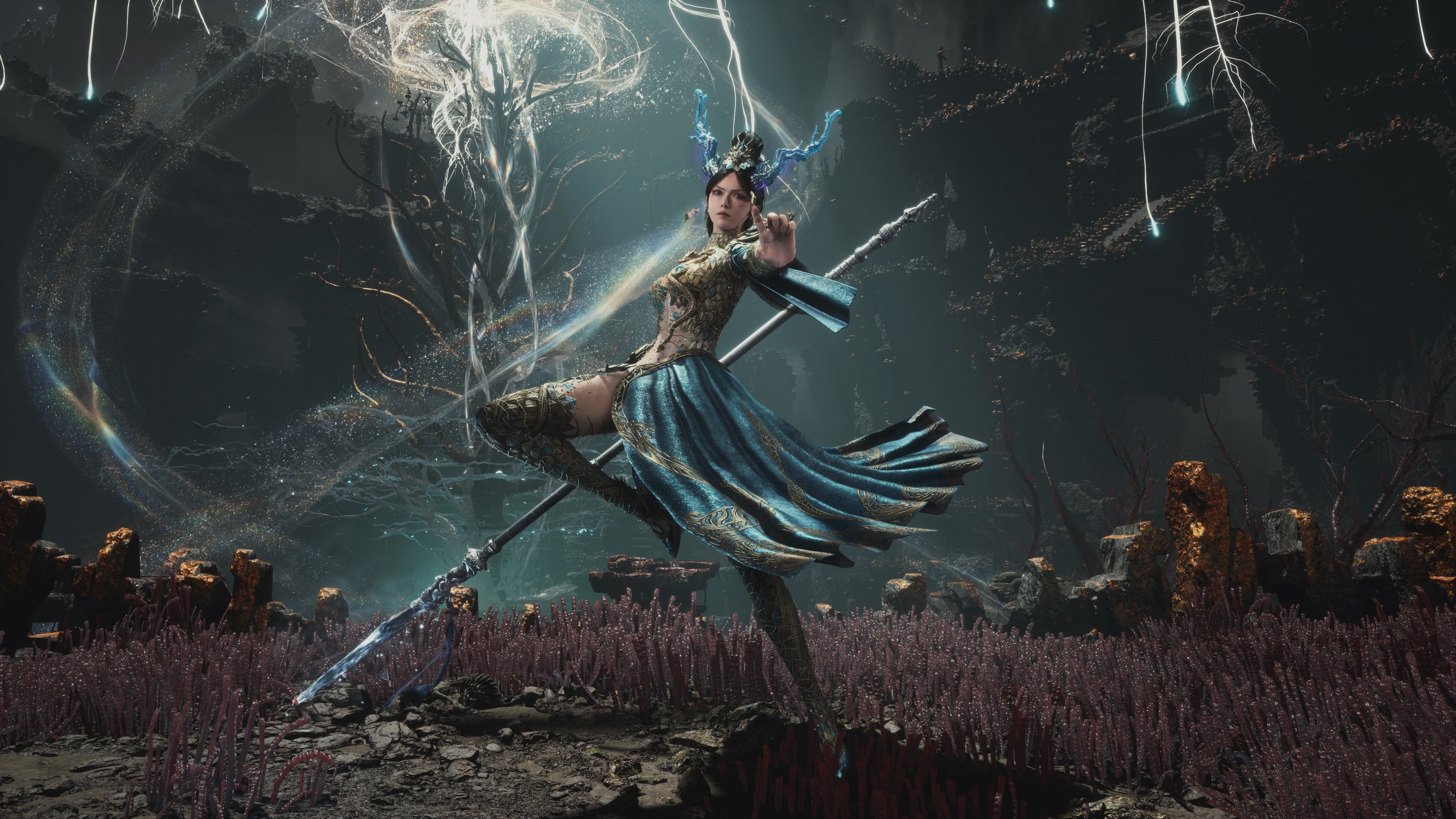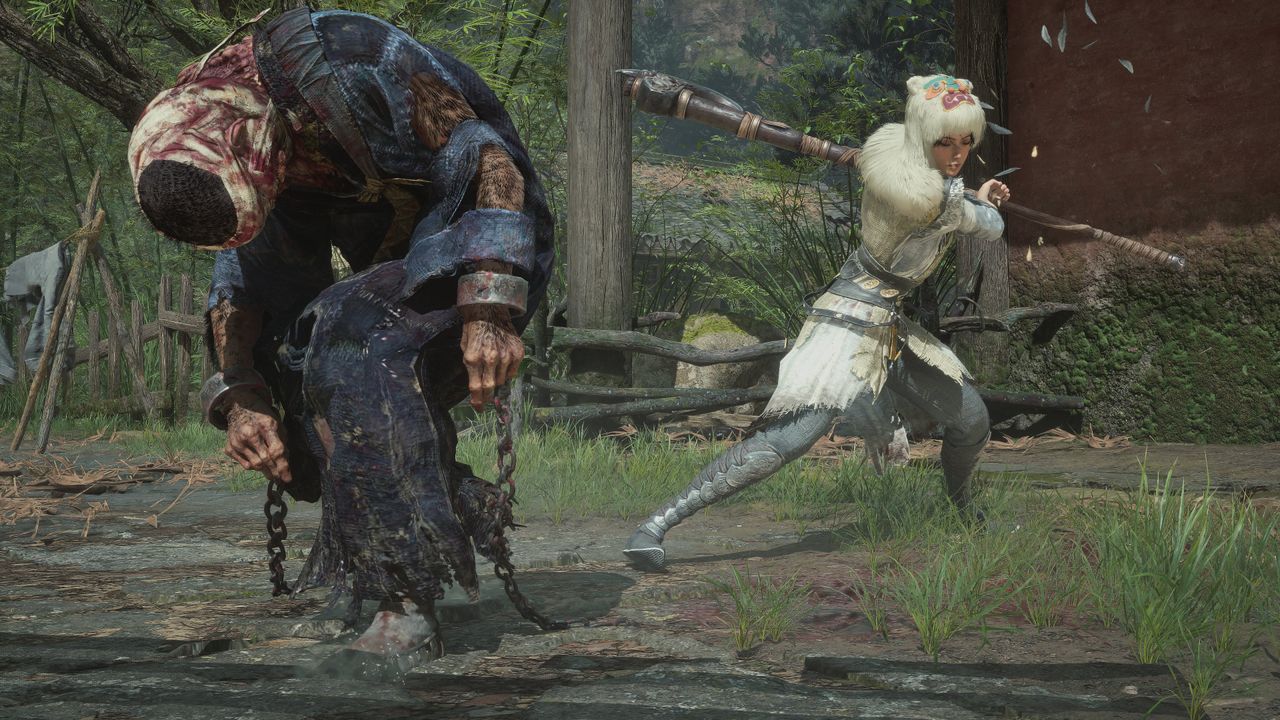New soulslike Wuchang: Fallen Feather has had the most auspicious of launches. Over on Steam, it currently enjoys a ‘mostly negative’ rating from over 25,000 reviews, and our Tyler reckons that while it ‘brings some fun ideas to boss fights’, everything else is a ‘pale imitation of much better games’. Opinions are likely to take a further turn for the worse, though, as a new performance patch doesn’t seem to do anything more than just force a lower rendering resolution, even if you select 100%.
That particular claim has been made by YouTube GPU guru Daniel Owen (via Reddit), and he has the evidence to back it up. Comparing the launch version to the recent 1.4 patch, Owen tested how the resolution scaling option affected the performance of Wuchang: Fallen Feather running on a GeForce RTX 3060.
The game somewhat unhelpfully labels it as ‘oversampling resolution’ but it’s basically just an upscaling setting. Judging by Owen’s testing, at 100%, the GPU renders a single frame at the same resolution as what the monitor is going to display it at (e.g. 3840 x 2160, aka 4K). Changing the scaling to something like 50% lowers the rendering resolution to 1920 x 1080, which is clearly much easier for the GPU to manage.
Wuchang: Fallen Feather supports a variety of algorithms for upscaling: Epic’s TSR, along with AMD’s FSR and Nvidia’s DLSS. Owen checked out the performance for all three upscalers at 100%, 67%, 59%, and 50%—figures that are equivalent to DLAA, DLSS Quality, DLSS Balanced, and DLSS Performance.
What he noticed was that in patch 1.4, using an upscaling setting of 100% gave almost exactly the same performance as 67%, whereas in the launch version, the use of 100% resulted in a lower performance (as you’d expect). This strongly suggests that the developers are forcing upscaling to be used at all times, even if you disable it.

Although I’ve not tested the game myself, I’ve seen enough performance footage of Wuchang: Fallen Feather to determine that the game is very pixel-bound. By that I mean, the game’s performance is almost entirely dependent on frame resolution, such that doubling the resolution will halve the frame rate, and so on.
Upscaling is an easy solution to this problem and certainly far simpler than having to spend countless hours optimising everything going on behind the scenes. It would seem that the developers actually implemented this in patch 1.3 and then further refined it in the latest patch. The clues for this are in the patch notes:
“Optimizing performance issues for a certain device models.” Patch 1.4
“Supersampling resolution limits have been adjusted on select GPU models to prevent unintended performance degradation.” Patch 1.3

Owen does point out that he’s only tested an RTX 3060 so far, but reading between the lines, I reckon the developers are forcing upscaling on the majority of lower-tier graphics cards, especially those that top Valve’s Hardware Survey. I don’t particularly have an issue with a game studio relying on upscaling to achieve a decent performance on some GPUs, but forcing it on and then pretending that it’s not actually being used? Yeah, that’s not on at all.
Wuchang: Fallen Feather doesn’t have the gravitas of being an outstanding game to get with this, and the PC gaming community wasn’t particularly enamoured with the game before the patches started rolling out. Playing all sneaky-sneaky with upscaling won’t change many hearts and minds around, that’s for sure.
